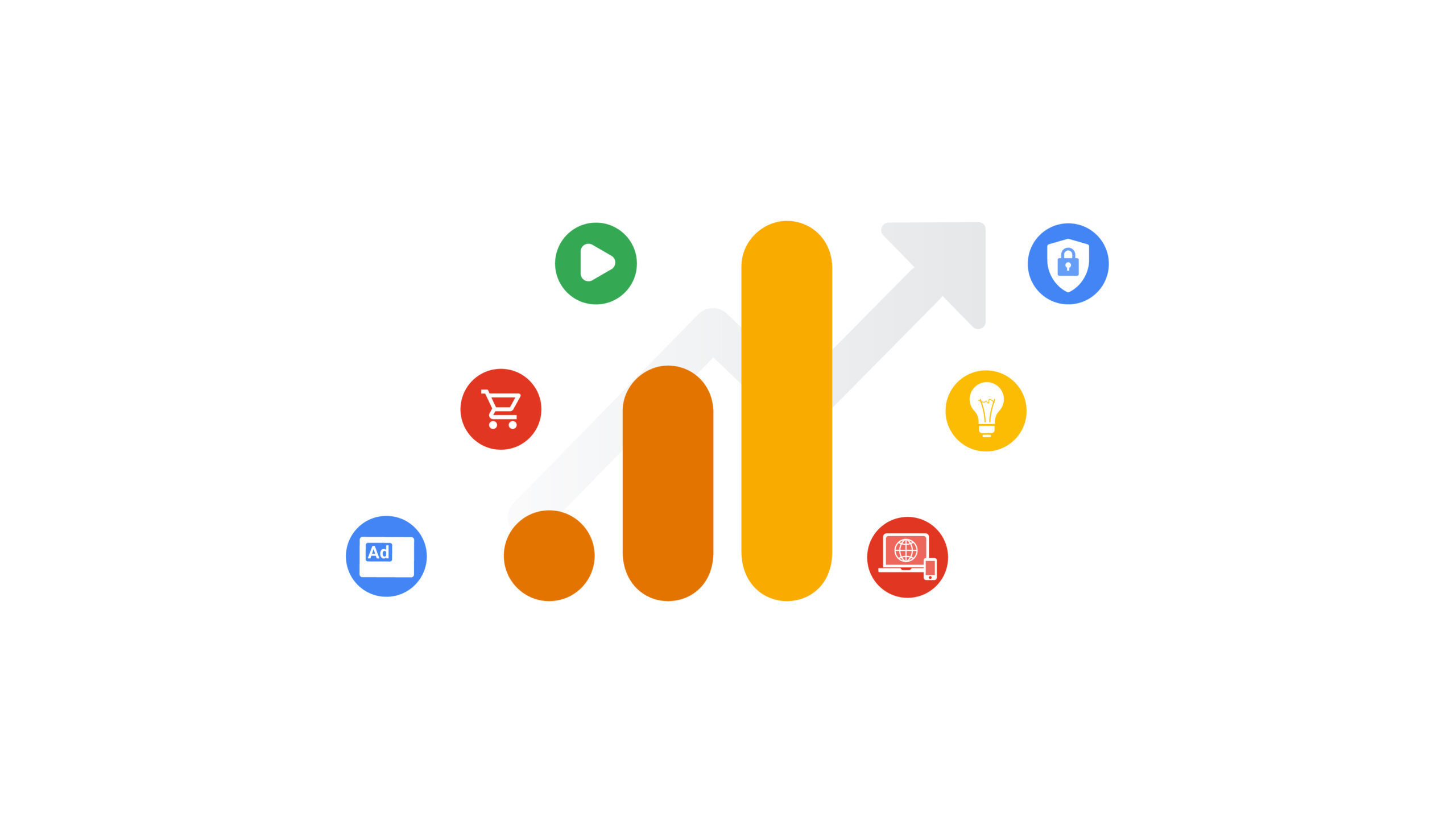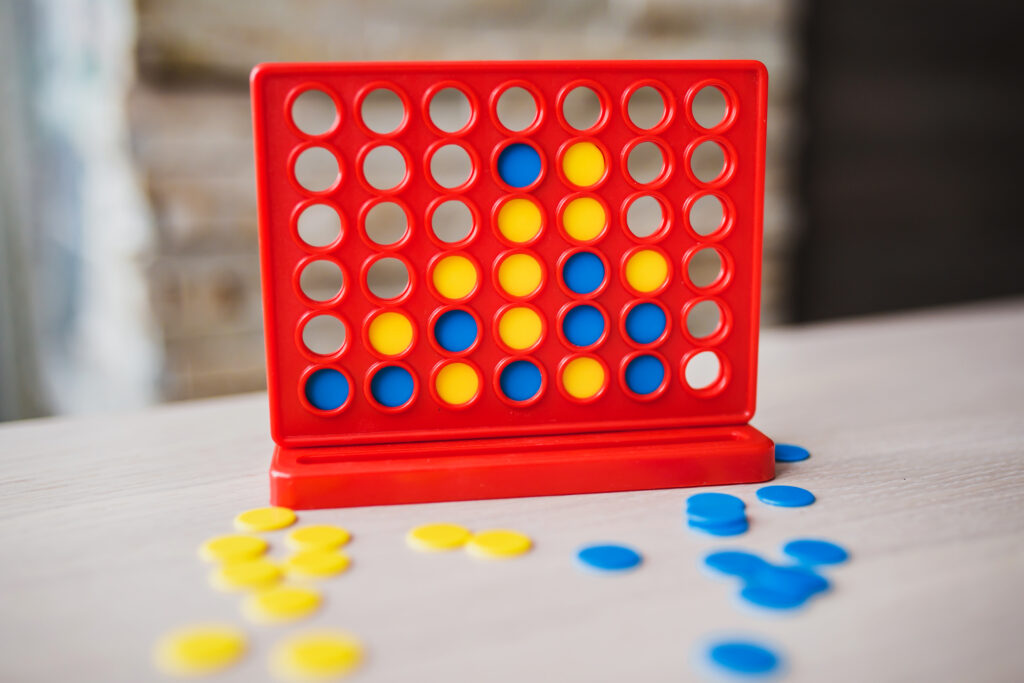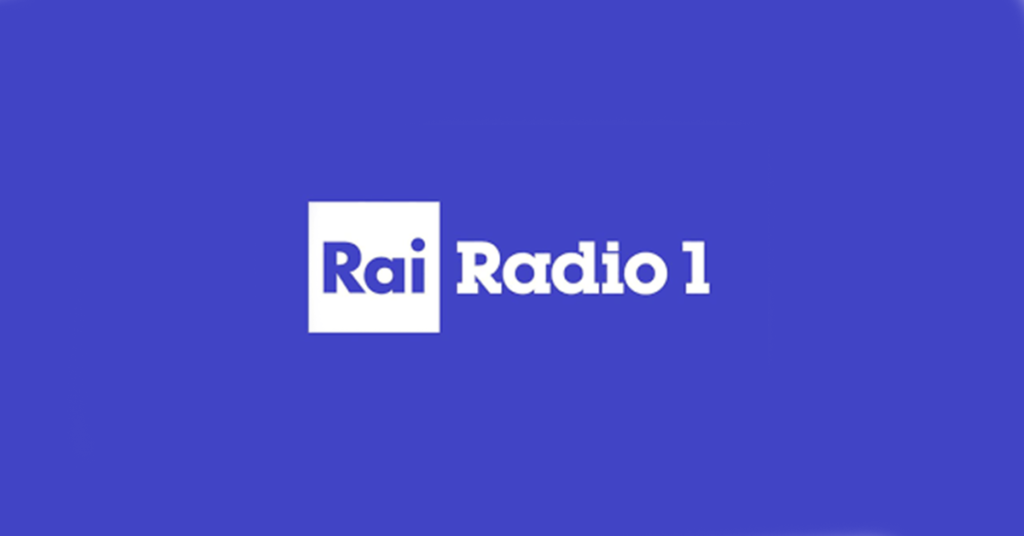For some time now, Google has been talking about a decisive move as regards Universal Analytics, the platform that is still collecting and analysing data from 80% of the world’s websites. The time has come: with an operation romantically named “Sunset” on its official blog, today, 16 March 2022, Google announced the closure date of the current Universal Analytics.
- 1 July 2023 for standard properties;
- 1 October 2023 for Universal Analytics 360 properties
After these dates, Google Analytics 4 will become the only source for analysing user traffic on its sites and apps.
Already launched during the second half of 2020, Google Analytics 4 is rightly called the fourth analytics revolution. The new platform – currently already usable – brings with it many structural and visualisation changes, starting with the option of using and rationalising web and app data in one place.
What are the main technical changes in GA4?
- Data model
The model used so far involves management on three levels: user — session — event; with Google Analytics 4, sessions are no longer relevant: the focus of the analysis will move from being from session-based to being event-based.
- Event Management
It will thus be possible to create events directly in the console but, more importantly, to create events based on data already collected and it will be possible to do so without any code implementation.
- GA Tags
GA4 uses Global Site Tags, the latest version of JavaScript code to be implemented on the page, to send data to the analytics platform. For those already using Gtags (or Google Tag Manager), the new settings will require a simple code revision; meanwhile, those not already using them will need to modify the tracking included in the site.
Why this decision marks a turning point
1 July and 1 October 2023 may seem very far away but it is important to consider the consequences that this decision will have. From the moment of complete transition to the new platform, it will be important to have already begun collecting a data history, so that it will be possible to make comparisons between the data that collected in 2023 and previous data and to make more accurate estimates and analyses. This means that it will be vital to have at least one year of history by mid-2023.
To do this, timely preparations are required, migrating all properties at least a year before the dates shared by Google; so, if you want to be ready in time, now is the moment to get started.
Why is Google talking about sunset?
As already mentioned, the sunset or closure of Universal Analytics will be a gradual process that will come to an end next year; this means that, from the dates communicated by Google onwards, properties other than GA4 will stop collecting and processing new data. To put it more plainly, all data sent after these dates will simply be lost.
The situation is different, however, for historical data: the data collected so far, in fact, will remain available for at least six months beyond the date, to make it possible to complete the analyses and download the data.
Where do you start?
For sure, the first thing to do is an assessment of your properties to understand the situation today and the status of the migration, so obtaining a clear picture of what still remains to be done. Once the assessment is completed, the work can be organised and deadlines defined to migrate all the tracking, rethinking the strategies to adapt them to the new GA4 platform.
Do I have to keep a dual setup?
Google Analytics 4 is a rapidly evolving platform. During 2021, it implemented new features and bridged the gap with the current Universal Analytics, but some of the features needed to render the platform suitable to complete all the analyses on which to base decisions are not yet in place.
At present, therefore, a dual setup is vital, with both platforms – Universal Analytics and Google Analytics 4 – collecting data in parallel. This way, we will have the main data for 2022 already on the platform when we use GA4 to create new strategies.
Do I have to replicate the current tracking on GA4?
The quick answer is no. Or rather, it is possible to do so, but this could be good moment to take a close look at the existing tracking strategy and, if necessary, tweak it to fit to the new instrument. That way, instead of simply settling for a “standard” migration, we can embrace the mindset of the new tool, understand its features and make full use of it.
For this, we need to initiate training and become familiar with the new interface, the new tools, the new model, the new metrics and also say goodbye to some of them (yes, I’m talking about the bounce rate).
Previously created reports and dashboards will be incompatible with the new platform, so another crucial step will be to think about how to migrate these tools.
What about external links to Universal Analytics?
All links with other platforms (Google Ads, Search Ads 360, DV360, Big Query, to name but a few) should be migrated in time so as not to risk losing days or weeks of data collection by protracting these activities.
In fact, the best idea is to start connecting them right now, so as to familiarise yourself with the new options and avoid being caught unprepared. As already mentioned, the GA4 platform is constantly evolving so, even if some types of connection are not yet available, we can expect to see them very soon.
Conclusions
2023 will therefore be an important year for Google: we will see a change of mentality involving both abandoning third-party cookies on the Chrome browser – which will see them disappear for good – and adopting a more privacy-oriented platform offering new ways of analysing user behaviour to track and optimise our strategies. As we have seen, the Google Analytics 4 model is different to the current one, making it impossible to simply migrate data from one platform to another; in many cases, it will be the metrics that change. However, this does not detract from the importance of retaining data from previous years in order to maintain a clearer and more truthful picture of user behaviour over time.
We therefore recommend that you save all historical data and structure a business data continuity project that takes account of the differences between the two platforms, exploiting their potential, even after the move away from Universal Analytics.
This article was written by Luca D’Aguanno, Digital Analytics Specialist.















